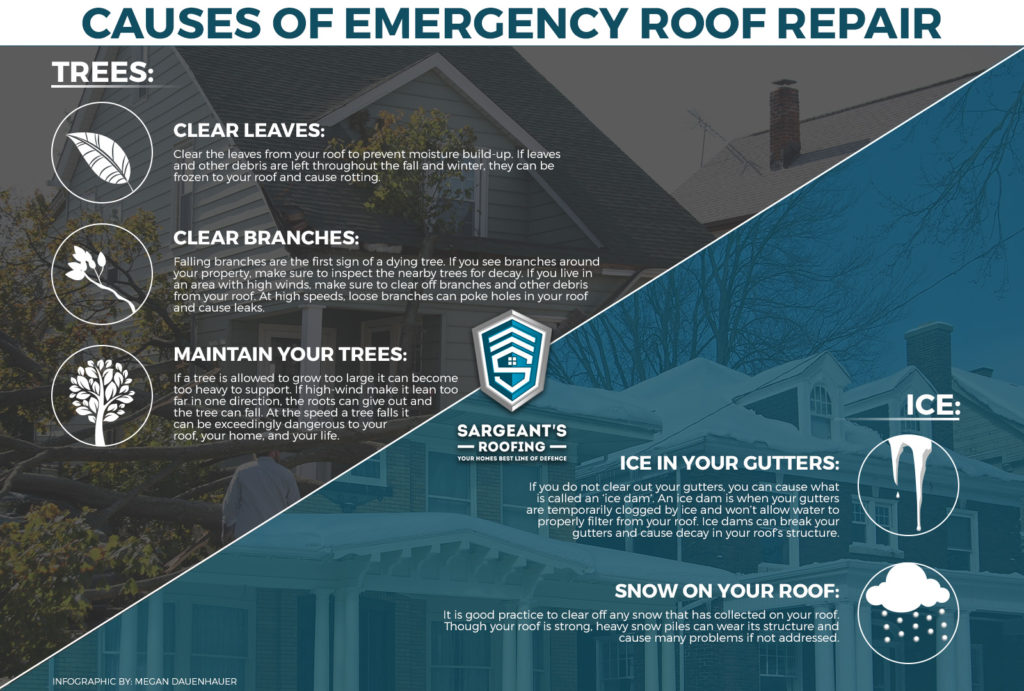Common Blunders In Roofing System Setup And Exactly How To Prevent Them
Common Blunders In Roofing System Setup And Exactly How To Prevent Them
Blog Article
Author-Allen Thybo
When you're intending a roof covering setup, it's very easy to overlook crucial details that can bring about considerable issues down the line. You could be lured to cut edges on product option or avoid appropriate blinking setup, but these usual errors can bring about pricey fixings later. Recognizing the importance of ventilation and sticking to local building regulations is important for an effective job. So, what are the vital steps you should take to ensure your roofing stands the test of time? Let's check out some reliable approaches to avoid these risks.
Poor Product Choice
When it pertains to roofing installation, choosing the wrong materials can result in pricey issues down the line. You might believe that any roof material will do, yet that's a typical misunderstanding. It's critical to choose products that suit your neighborhood environment and the particular needs of your home.
For instance, if you reside in a location with hefty rain or snow, selecting asphalt roof shingles may not be the very best choice. Rather, take into consideration more long lasting options like steel or slate.
Additionally, take notice of the high quality of the products you're thinking about. Low-cost materials might save you cash upfront, however they usually do not have longevity and can result in constant fixings or substitutes.
You ought to also consider the style of your home and make sure the products you choose will maintain its aesthetic allure.
Lastly, don't neglect to seek advice from professionals. They can supply beneficial understandings and advise materials that comply with neighborhood building regulations.
Spending time in proper material selection currently can help you stay clear of frustrations and expenditures in the future, making your roof covering task a success.
Inadequate Flashing Installation
Picking the ideal materials isn't the only element that can lead to roof issues; inadequate flashing installment can additionally create considerable concerns. Flashing is critical for directing water far from at risk areas, such as chimneys, skylights, and roof valleys. If it's not set up properly, you risk water invasion, which can result in mold development and architectural damage.
When you set up flashing, guarantee it's the appropriate type for your roof covering's design and the neighborhood climate. As an example, metal flashing is commonly more sturdy than plastic in areas with heavy rainfall or snow. Ensure the flashing overlaps appropriately and is secured snugly to avoid voids where water can permeate through.
look at this website need to also take notice of the installment angle. Flashing should be positioned to route water away from the house, not towards it.
If you're uncertain concerning the setup process or the materials required, speak with a specialist. They can aid identify the very best flashing choices and ensure everything is set up appropriately, securing your home from prospective water damages.
Taking these steps can conserve you time, cash, and migraines later on.
Neglecting Ventilation Needs
While numerous house owners concentrate on the visual and architectural elements of roofing system installation, overlooking ventilation requirements can lead to severe lasting consequences. Correct air flow is important for controling temperature level and dampness degrees in your attic, protecting against concerns like mold growth, wood rot, and ice dams. If you don't set up adequate ventilation, you're setting your roofing up for failing.
To prevent this mistake, initially, evaluate your home's specific ventilation demands. A balanced system normally includes both intake and exhaust vents to advertise air flow. Ensure see post have actually set up soffit vents along the eaves and ridge vents at the top of your roofing system. Suggested Online site allows hot air to leave while cooler air goes into, maintaining your attic room space comfy.
Also, consider the kind of roofing material you've chosen. Some products might need extra ventilation strategies. Ascertain your neighborhood building regulations for air flow standards, as they can vary significantly.
Ultimately, do not fail to remember to examine your ventilation system on a regular basis. Blockages from debris or insulation can impede airflow, so keep those vents clear.
Conclusion
To conclude, preventing common roof covering installation mistakes is key to ensuring your roofing system's long life and effectiveness. By selecting the ideal products for your environment, setting up flashing correctly, and resolving air flow demands, you can avoid expensive problems later on. Don't fail to remember to acquaint yourself with regional building codes and routine normal assessments. With these actions, you'll delight in a secure, durable roof that safeguards your home for years ahead. Happy roof covering!
